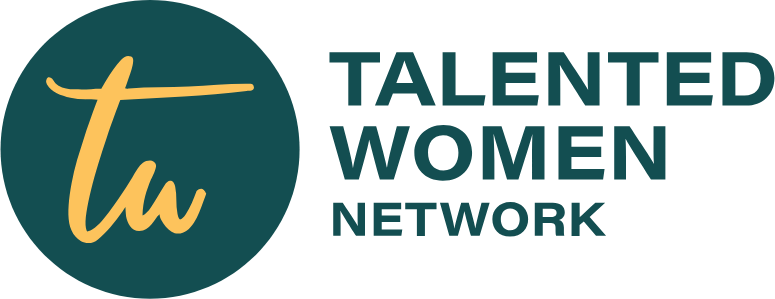Career breaks are more common—and more valuable—than many people realize.
Millions of professionals, especially women, step away from the workforce every year to raise children, care for loved ones, pursue education, or manage personal transitions. But when it’s time to re-enter, many face a silent challenge: How do I write a resume that accounts for my time away… without feeling penalised for it?
The good news? The narrative around career breaks is shifting. Forward-thinking companies are increasingly valuing life experience, transferable skills, and the resilience that comes from navigating life’s real-world demands.
Here’s how to confidently craft a resume that reflects your full value, career pause, and all.
1. Lead with a Future-Focused Summary, Not an Apology
Your resume doesn’t need to explain everything on the first line. What it needs to do is clearly communicate your professional identity today.
Instead of highlighting the gap, lead with a bold, value-driven career summary that presents you as fully engaged and ready.
Example:
Operations professional with 10+ years of experience leading cross-functional teams, optimizing performance, and managing multi-million-dollar logistics networks.
Now re-entering the workforce with updated skills and a proven ability to lead in fast-paced, evolving environments.
You’re not starting from scratch—you’re starting from strength. Own it.
2. Address the Career Break Briefly—and Strategically
If your gap is recent or prolonged, it’s often better to acknowledge it transparently rather than leave room for assumptions. But keep it short, confident, and future-oriented.
Example:
Career Pause (2019 – 2023)
Full-time caregiver and community volunteer. Maintained business knowledge through coursework in digital marketing and finance while preparing for workforce reentry.
Or:
Professional Sabbatical (2021–2022)
Managed household logistics, part-time freelance work, and completed certification in Project Management.
Remember: taking time away from paid work does not mean taking time away from growth.
3. Emphasize Transferable and Life-Equipped Skills
Whether you ran a household, led a parent association, volunteered, or consulted informally during your break—you have stories that showcase leadership, planning, communication, and adaptability.**
Translate those into professional terms.
Examples:
– Organized logistics for annual school fundraiser, raising over $25,000 in sponsorships and managing 30+ volunteers.
– Spearheaded a neighborhood support program that coordinated daily services during the pandemic.
Soft skills like empathy, time management, crisis response, and stakeholder communication are valuable workplace assets—and you’ve strengthened them.
4. Add a “Skills & Development” Section to Show Progress
Employers want to see that you’re workspace-ready. A great way to do that is by adding a section that showcases recent certifications, digital fluency, and learning.
Example:
Skills & Professional Development
– Certified ScrumMaster (CSM) – 2024
– Google Data Analytics Certificate – Coursera
– Proficient in Zoom, Slack, Asana, Excel, Salesforce
– Remote collaboration & time zone management
If you’ve taken steps to reskill or upskill during your time away, highlight it proudly. It signals initiative, curiosity, and commitment—three characteristics employers value across roles.
5. Consider a Functional or Hybrid Resume Format
If your timeline has gaps or you’re transitioning fields, the traditional chronological format may not showcase your strengths most effectively.
– A functional resume focuses on skills and achievements by category (e.g., “Project Management,” “Marketing Strategy”), rather than listing each job in order.
– A hybrid resume blends a brief chronology at the bottom with skills and accomplishments up top.
This structure lets you control the narrative and lead with what matters most—the value you bring now.
6. Include Volunteer, Freelance, Consulting or Side Projects as Experience
Just because something wasn’t a full-time, paid job doesn’t mean it didn’t involve real work.
Add these under a section called Relevant Experience, Project Work, or Consulting & Volunteer Roles—and write bullet points just like you would for any other job.
Example:
Social Media Consultant | Freelance | 2022–Present
– Managed Instagram strategy for two local businesses, increasing reach by 60%.
– Created branded content calendars and launched three marketing campaigns.
– Provided training to small business owners in Canva and Facebook Ads.
7. Bulletproof Your Confidence—and Your Resume
Before sending out your resume, run it through a simple gut test:
Does this document reflect who I am today and what I’m ready to do next?
Or
Is it still trying to explain where I’ve been?
Your future employer cares about progress, energy, and what you solve. Lead with those themes.
Finally, returning to the workforce, especially after years away, calls for courage and strategy. But remember: you’re not alone. Thousands of people re-enter the job market every day, bringing unmatched resilience, fresh perspective, and hard-earned life experience.
A resume that acknowledges this pause without apology and presents a return rooted in clarity and capability is not only powerful—it’s exactly what modern hiring leaders want to see.
You don’t have to hide your story. You just have to own it
Image Credit: BusinessNewsDaily.com

